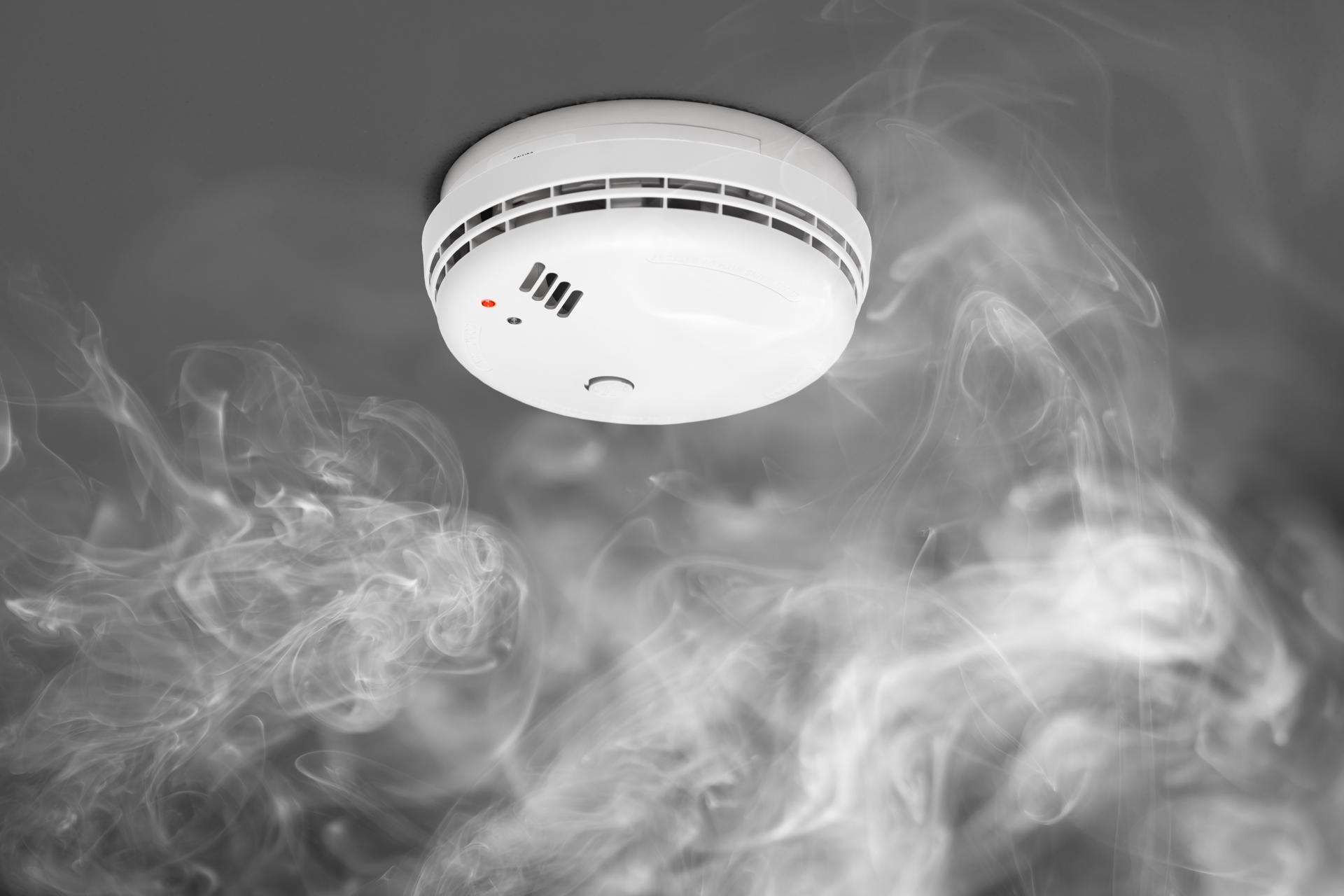Smoke Detectors 101: Decoding the Multiple Types and Their Advantages

Smoke alarms are an essential security feature for any home. They are made to detect smoke or fire and warn you of danger, and allow you to leave your home and to call for assistance. Based on the National Fire Protection Association (NFPA), nearly three out of five home fire deaths are caused by fires that occur in homes that have no smoke alarms or working smoke alarms. So, it’s crucial to have a functioning smoke alarm in every bedroom, in each sleeping space and on all levels of your home, including the basement.
There are a variety of smoke alarms that are available in the marketplace, all one having their particular pros and pros and. Understanding the differences between them can help you select the most suitable one for your home.
Smoke Alarms with Ionization
Ionization smoke alarms use only a tiny amount of radioactive material to ionize the air in the alarm. When smoke enters inside the detector, it disrupts the process of ionization and causes an alarm sound to be heard. These kinds of smoke alarms are good at detecting fast flames, and they generally cost less as photoelectric alarms.
However, ionization smoke alarms aren’t as effective at deterring slow burning fires. They are also more prone to false alarms from cooking or steam which can be a hassle for homeowners. Smoke alarms that ionize are best employed in areas with none of the cooking equipment, such as bedrooms and hallways.
Photoelectric Smoke Alarms
Photoelectric smoke alarms employ a beam of light to detect smoke. When smoke is detected in the alarm it scatters the lightand causes it to sound. These kinds of smoke alarms are excellent at detect slow burning fires and are less prone to false alarms from cooking or steam.
However, smoke alarms that use photoelectric technology aren’t as effective at detecting quick, flaming fires. They are also generally more expensive than ionization smoke alarms. Photoelectric smoke alarms are best utilized in places where there are cooking appliances, such as kitchens and living spaces.
Dual Smoke Alarms with Smoke Sensors
Dual sensor smoke alarms blend both ionization and photoelectric sensors to offer the most complete fire detection. They are effective in detecting both rapid, flaming fires as well as slow, smoldering fires, and are less prone to false alarms than photoelectric or ionization smoke alarms by themselves.
However, dual sensor smoke alarms are typically more expensive than either ionization or photoelectric smoke alarms alone. Dual sensor smoke alarms should be utilized for areas in which both quick, flaming fires and slow burning fires are possible, such as bedrooms and living rooms.
Smart Smoke Alarms
Smart smoke alarms are connected to your home’s Wi-Fi network and send out alerts to your smartphone or other device if they detect fire or smoke. They are also able to be connected with other smart home devices, such as smart thermostats and security alarms.
The smart smoke alarms can be excellent in providing instant alerts even when you’re not home. They are, however, typically costlier than standard smoke alarms and require an active Wi-Fi connection in order for them to function properly.
What type of smoke alarm is the best for your home?
If you are considering the right smoke alarm in your residence, it is important to consider many factors to consider, like the size and layout of your home, the presence of cooking equipment, and your individual preferences. Here are some recommendations in relation to the specifics of your home:
If you have kitchen appliances at home, a smoke alarm is the most suitable choice, as it is less prone to false alarms caused by steam or cooking.
If your home is larger than a typical home, or is on multiple floors you should consider the installation of multiple alarms to guarantee the greatest coverage.
If you have family members who are hearing impaired, consider the use of a smoke alarm that includes vibrating or strobe lights feature, in addition to an audible alarm.
If you’re looking into smart home technology, a smart smoke alarm might be the right choice for you.
In the end, the ideal type of smoke alarm for your home is determined by your particular needs and preferences. Make sure you follow the manufacturer’s guidelines carefully and test your smoke alarms often to make sure they’re working effectively.
Conclusion
Smoke alarms are an essential security feature in every house. There are a variety of smoke alarms that are available on the market, each with each having its advantages and disadvantages. Ionization smoke alarms are effective in detecting fast, flaming fires, but they are more susceptible to false alarms triggered by steam or cooking. Photoelectric smoke alarms are good at detecting slow, smoldering flames, but aren’t as effective in detecting rapid flames. Double sensor smoke alarms incorporate both photoelectric and ionization sensors for comprehensive fire detection. Smart smoke alarms provide real-time alerts and can be integrated with other smart home devices but are generally more expensive. When choosing the right smoke alarm in your residence, think about things like the dimensions and layout of your house, the presence of cooking appliances, and your individual preferences. Be sure to read the manufacturer’s instructions carefully and check the smoke alarms on a regular basis to ensure that they function effectively.
